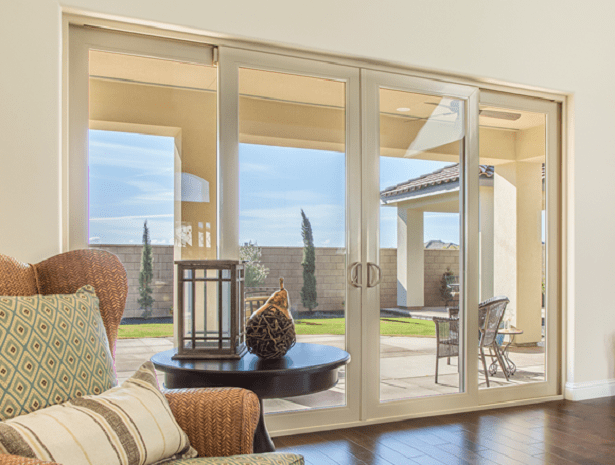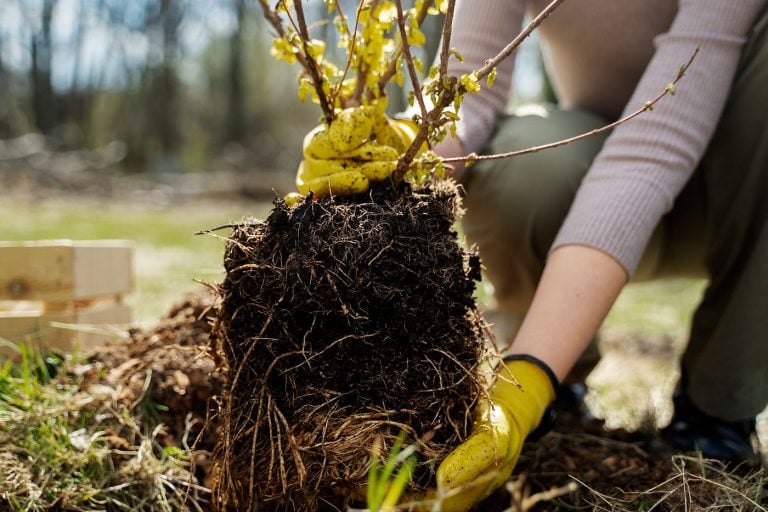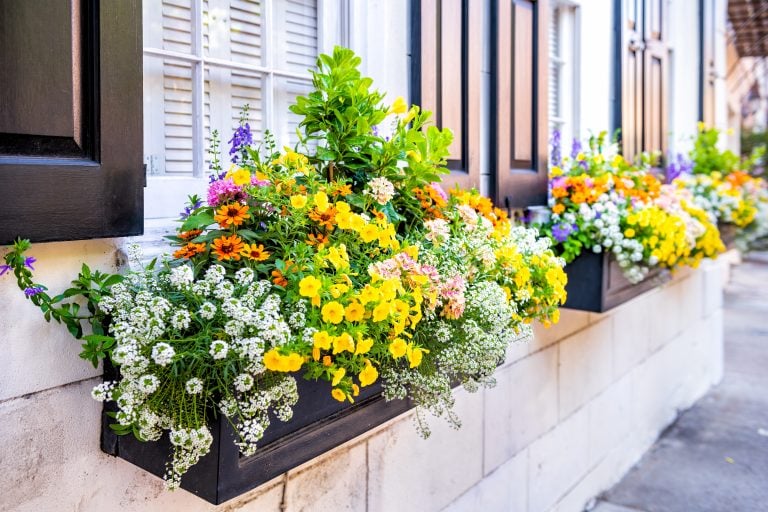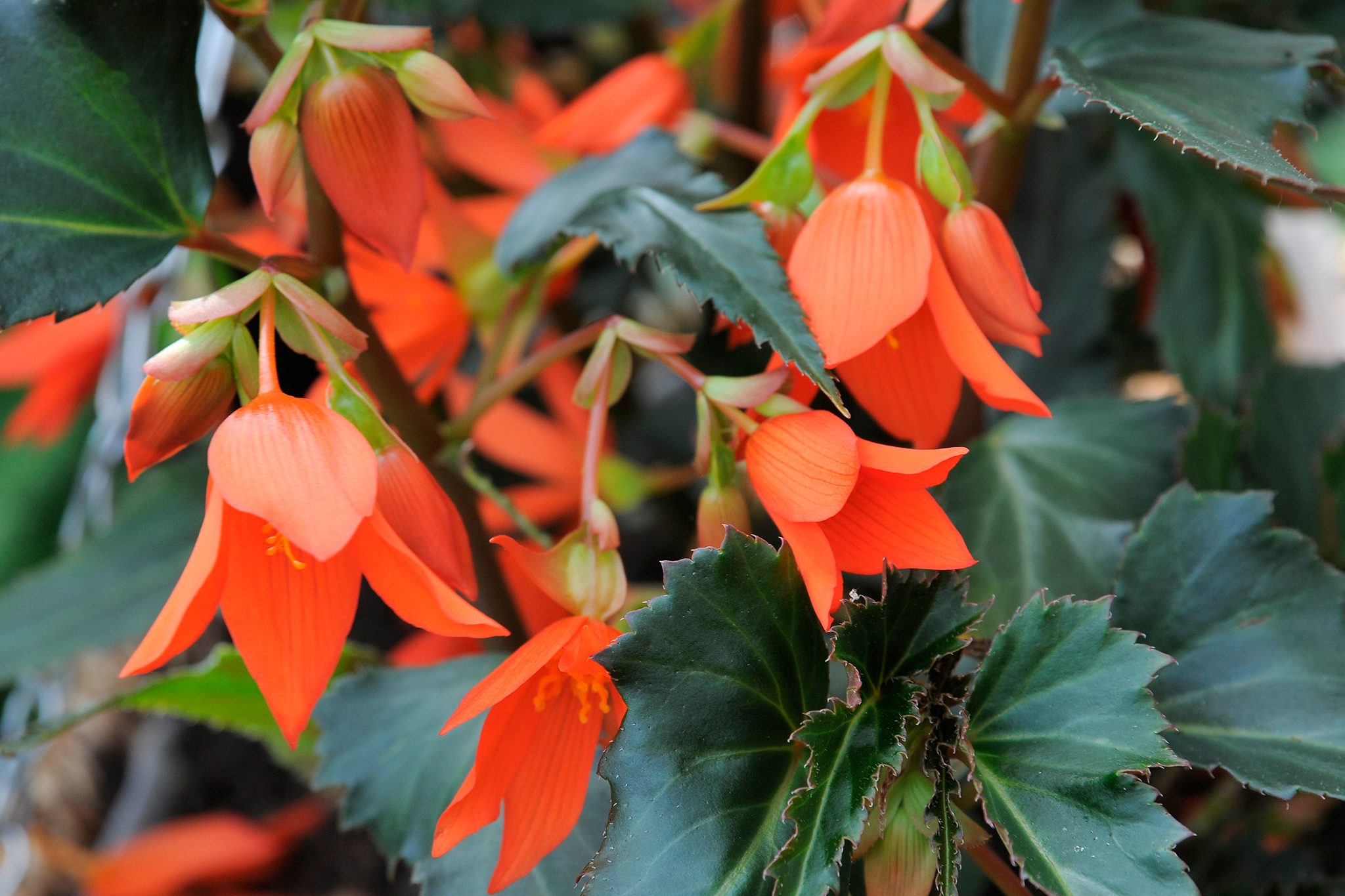Landscaping Rules for a Picture-Perfect Garden
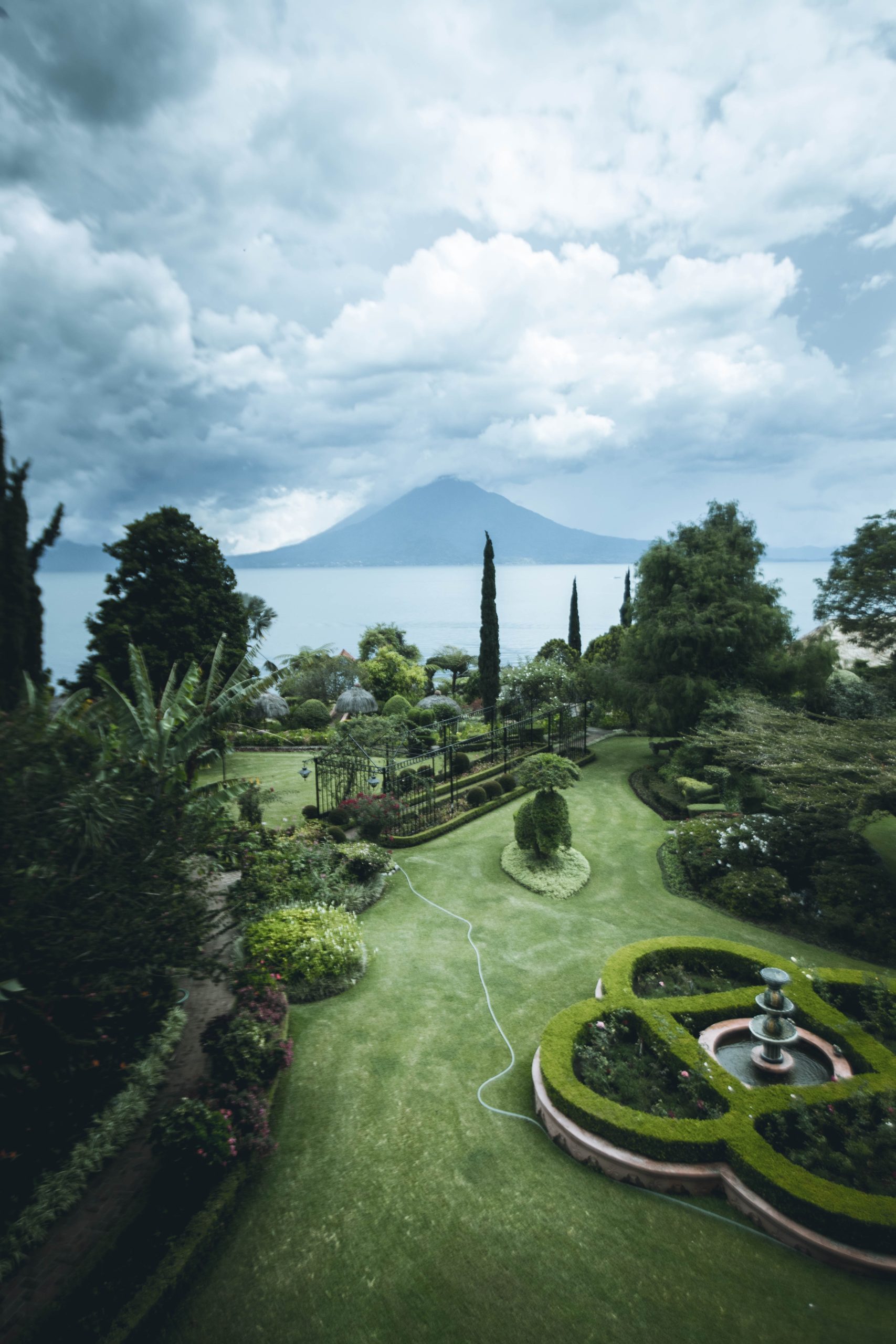
Table of Contents
Landscaping is essential in crafting a well-designed garden, producing a space that is functional yet relaxing. Here are a few essential tips to begin your own landscaping journey.
Planning Your Landscape Design
Defining your goals and vision
The first move is to consider which garden style is to your preference, there are many kinds of designs whether formal, informal, or contemporary. Perhaps the charm of a simple English garden, the tranquillity of a Japanese zen garden, or the elegance of an Italian Renaissance garden – each has its own unique appeal. Thinking about the purpose of the garden can help determine this style, whether it be hosting dinner parties or BBQs, a space for reading books or www.platinplay.com casino reviews, or even purely for aesthetics.
Creating a layout and flow
After choosing the style, the process of design can begin by establishing the layout and how the garden will flow. Hardscape elements may be chosen including focal points such as water features, statues, and gazebos in addition to pathways, fences, and patios. These should complement the preferred softscape elements, referring to the plants, flowers, and trees. When deciding on the plants, it is best to look for native species that will thrive in the environment.
Selecting Plants and Materials
Choosing the right plants
As previously mentioned, chosen plants must be suited to the environment to thrive. First, it is important to consider the climate of the garden, whether it is hot, rainy, cold, or even polluted. The soil should be tested, as its acidity will have differing effects on plant growth. Watering requirements are also dependent on the species, whether prospering in moister or drier conditions. It is important to remember that evergreens will be the background of the garden and will maintain its charm in the winter. Flowering plants can be chosen for the summer months, mixing different heights, colours, and textures will create a dynamic and stunning landscape. But this also is reliant on the aesthetic that is trying to be achieved.
Selecting appropriate materials
Another consideration is to ensure to pick the appropriate materials for the garden, this will be influenced by factors such as climate, durability, and maintenance. Outdoor furniture must be resistant to varying weather, while materials for paths and patios should be enduring.
Implementing the Design
Preparing the site
After planning, the next stage is to prepare the site. All unwanted vegetation, obstacles and debris must first be removed. The ground must then be levelled, eliminating any high or low points, and the soil quality should be tested. Next, the core structure of the garden should be installed; this includes hardscape features such as pathways, walls, and fences.
Incorporating softscape elements
When arranging these plants, consider their growth habits. Taller plants should be placed near the back, with those shorter at the front. Ground cover plants, like creeping thyme or phlox, can fill empty spaces for visual enhancement. Plants should also be grouped together depending on the sunlight and water requirements. A layer of mulch can be spread around the plant bed to conserve soil moisture and advance growth.
Maintaining Your Garden
Watering and irrigation
When it comes to watering, a schedule is helpful to remember the needs of specific plants; this might change seasonally. The local climate should be considered as rainfall and temperature are of particular importance. Irrigation systems should be maintained and can be selected based on the landscape, whether sprinklers, drip irrigation, or hoses.
Pruning and trimming
Plant maintenance is another essential practice that must be undertaken. Regularly pruning and trimming the plants, not only for aesthetic reasons but, to improve growth; any dead or damaged branches should also be removed. It may be wise to undertake a little research on this since different plants may require specific pruning methods. Monitor the garden frequently to remove any weeds and look for signs of pests and diseases.
Enhancing Your Garden
Adding decorative features
Adding decorative features can enhance the garden’s atmosphere and express the distinctive aesthetic that is trying to be achieved. Garden ornaments or sculptures can be added as focal points, perhaps in the middle of a flower bed. Water features, such as ponds, waterfalls, or fountains, can create an especially serene environment. While bird feeders can be used to attract vibrant wildlife to the garden.
Incorporating functional elements
Functional elements, meanwhile, can add to the practicality of the space. A composting area can be built, to recycle organic waste, or a vegetable garden to cultivate fresh produce. It is worthwhile to create a seating and relaxation area to really enjoy this meticulously crafted landscape.
Conclusion
The key to landscaping is careful and deliberative planning, by applying the discussed practices, the picture-perfect garden of your dreams can be produced.

